Accidents happen a lot more often than we care to admit. And any impact that might cause concussion are tricky. Even the best concussion testing may leave us with questions about the full scope of the severity of the situation. While we have become more vigilant with concussions in children, many concussions for adults may be under-emphasized at their occurrence. While a concussion may be largely within your brain and skull, your head is supported by your neck. Muscles and ligaments hold your neck in place, so it’s quite possible that many ‘post-concussion’ symptoms may arise from the neck.
What is a Concussion?
A concussion is a type of traumatic brain injury usually caused by a bump, blow, or jolt to the head. A hit to the body causing the head and brain to move rapidly back and forth can also cause concussion. Any trauma affecting the head will impact your spine in some way. In the case of a whiplash style car accident, the effects can impact your whole spine. In cases where the trauma is more direct to the head, the intimate relationship between the head and the neck guarantees that there will be some level of injury to the neck.
What are the dangers of concussion?
Primary Issues

The foundation of the head is the first two bone spinal segments underneath it, the atlas and axis. These segments are the keystone of your spine; they do not have any bony locks and are primarily held in place by muscles and ligaments. A recently published study shows that the key stabilizing ligament for the neck is a capsular ligament, between the atlas and occiput (bottom of your skull)[2]. Any damage to that ligament can increase overall range of motion beyond normal measures.
If that wasn’t enough, this area has some of most sensitive receptors to gravity in it. If these segments have shifted out of place, those receptors give the body a false sense of head position. The righting reflex, a mechanism that helps us stay upright, becomes affected, resulting in an overall structural shift of the entire spine, leading to other aches and pains throughout the body (use NSS picture).
This can also cause a loss of body balance. We’re not necessarily talking vertigo/dizziness here, but even a small shift in your spine can cause you to take a misstep from time to time. This may result in a weird “skip” in your step or finding that you’re repeatedly running into a door frame.
Secondary Issues
Neurostructural shifts of these first two segments can lead to a number of secondary conditions due to the unique impact these segments have on your spine and nervous system. Structurally, a shift of these segments cause the head to slip outside of its normal balance position. The righting reflex levels your head, but can cause the entire body to shift out of position, leading to neck and back issues.
Neurologically, this also results on pressure on your brain stem and spinal cord due to the very strong ligaments that hold your spinal cord in place. This causes pressure on your nerves where they come into the brain, as well as many of the nuclei (main integration “circuits”) including those associated with balance, TMJ, pain and posture.
Treating Concussion
There is a disconnect for adults when it comes to our own health with a head injury and concussion! Adults are five times more likely to seek treatment for a broken bone than for a possible concussion. While most parents keep their child home the day after a head injury, 50% said they would go to work the day after their own concussion.[1]
Many people with a concussion address early symptoms, but continue to have problems weeks, months, or even years later. These post-concussion symptoms are a common complaint heard in our office; our patients have lost hope of returning to “normal”.
In our office, we focus on correcting the neurostructural shift of the spine. We allow the body to start healing while we maintain your correction and address other asymmetries in your body’s coordination and strength. This all done with gentle, precise corrections of your spine involving no twisting or popping of your neck.
While we may do our best to mitigate accidents, we can’t avoid them entirely. Understanding how our bodies work helps us better to address the issues at hand. Early care for a concussion is critical, both for the health of your brain and for your upper neck. Hoping that post-concussion symptoms will go away on their own may result in more issues down the road, and could cause another accident as a result of spinal asymmetry.
About the Author
Dr. Schurger’s practice is located at 450 S. Durkin Drive, Suite B in Springfield. Call 217-698-7900 or email [email protected] to arrange a consultation. Visit www.uppercervicalspringfield.com for more information and to begin your journey back to better health. Please note that we are changing our name! We will be re-branding to Keystone Chiropractic over the next few months. We will continue to offer the same great care, with an emphasis on the keystone areas of health and nutrition.
[1] https://abbott.mediaroom.com/2015-08-24-New-Concussion-Survey-Reveals-Majority-of-Adults-are-Unable-to-Recognize-Common-Concussion-Symptoms
[2] The occipitoatlantal capsular ligaments are the primary stabilizers of the occipitoatlantal joint in the craniocervical junction: a finite element analysis, Phuntsok et al, https://thejns.org/spine/abstract/journals/j-neurosurg-spine/aop/article-10.3171-2018.10.SPINE181102.xml

Recent Comments